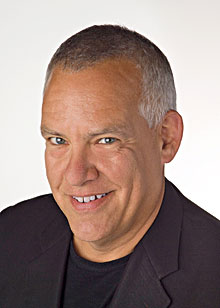Awesome article guys. I genuinely hope this is the future of how surround sound is created and decoded. Let US decided how many speakers we want or need dominating our rooms!
This could solve the problem of all the different surround speaker placement recommendations we have now. Use as many or as few speakers as you would like, or for audiophiles, as you need according to your environment. This may piss off people who like to adhere to a universal standard and home theater buffs who've already invested so much in accommodating to those standards. Yet, this system should work in those situations, right?
Let's face it, you can have wonderful sounding "surround" from two speakers now, but it has to work in a real world scenario where people don't have a sweet spot and perfectly symmetrical room to work with. I would only hope this type of system will eventually accommodate for these differences.
It's not discussed in the article, but I imaging the natural extension of this is to program your room into the program so it can account for speaker placement and acoustical differences that occur in peoples homes. I would imagine building a simple 3D model of my room so it can work around different room shapes and any potentially acoustically affecting surfaces such as a coffee table or prominent column. You could even program which surfaces are reflective, absorptive, diffuse and so on...
Or even better, a sensor like the Microsoft Kinect could scan your room visually to automatically build a 3D model of your room and then use a microphone to auto-tune for acoustics much in the way a receiver does now with an Audyssey mic. It could even sense how many people will be viewing and where they are sitting before the movie starts to automatically widen or narrow the sweet spot!
 RS: So then, in essence, if you’re the guy mixing a movie, you end up with a three-dimensional sort of grid in front of you? And rather than thinking in terms of the actual speakers, you’re just programming, or placing things to move through this space?
RS: So then, in essence, if you’re the guy mixing a movie, you end up with a three-dimensional sort of grid in front of you? And rather than thinking in terms of the actual speakers, you’re just programming, or placing things to move through this space?
































































